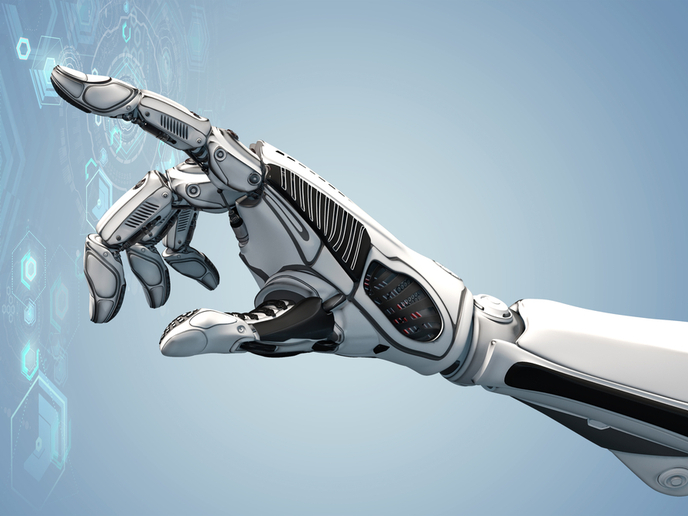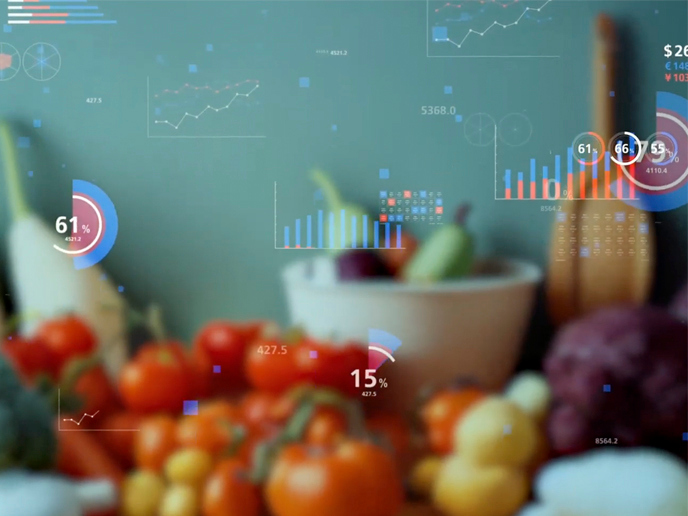Breaking down silos to unleash the full potential of IoT
In today’s rapidly advancing technological landscape, the Internet of Things (IoT) holds immense potential to revolutionise how we interact with and manage devices across various industries – from smart homes and healthcare to transport and manufacturing. However, as promising as IoT is, integrating cutting-edge technologies such as AI, distributed ledger technology, cybersecurity measures, 5G and cloud native approaches into IoT frameworks poses significant challenges. Each of these technologies evolves rapidly and independently, making it difficult to create a cohesive and effective IoT framework that leverages all of their benefits seamlessly. The EU-funded ASSIST-IoT(opens in new window) project was established to create next-generation IoT reference architecture that simplifies the design and implementation of advanced IoT use cases. The main goal was to address the concerns of potential adopters in distributed complex environments – involving networks that span different areas and requiring coordination and communication between different components. These concerns ranged from security, privacy and trustworthiness issues to scalability and interoperability challenges.
Creating common ground for emerging technologies
“Next-generation IoT enablers are advancing rapidly, but they often do so independently. While there are significant advancements in several emerging technologies, large systems that integrate these technologies are still relatively uncommon,” notes project coordinator Carlos Enrique Palau. “ASSIST-IoT’s unique proposition is its technological stack, which enables the smooth design and integration of independent enablers. This stack simplifies procedures by emphasising technical, syntactic and semantic interoperability while minimising the burden on development teams,” adds Palau. ASSIST-IoT’s technical approach involved the design of reference architecture followed by its development, integration, deployment, validation and evaluation. The project boasted the implementation and release of over 40 technological enablers – tools, components or software – to the research and innovation community, with almost all being open source. These enablers were classified into planes and verticals: planes provided features at the device, network, data and application levels, while verticals addressed cross-cutting properties to the planes such as autonomy, scalability, security, privacy, trust and manageability. The enablers achieved technology readiness levels from 5 to 7 after being successfully validated in four project pilots. Furthermore, ASSIST-IoT partners foresaw the paradigm shift towards cloud native methodologies. By using established standards and conventions in DevSecOps(opens in new window), they ensured that the provided enablers unlock new potential use cases across many verticals in an appealing manner for potential adopters.
Evolving the IoT by combining technology and people
“We proposed a comprehensive set of guidelines, success stories, best practices and software packages designed to mitigate these concerns following a human-centric approach,” notes Palau. This strategy ensured that services operated independently but still incorporated crucial human oversight when necessary. “Importantly, our approach balances service autonomy with human intervention,” adds Palau.
Proven success in the automotive and construction industries
ASSIST-IoT demonstrated the effectiveness of its architecture and technologies in various sectors. In the automotive sector, the project facilitated the management of data from large vehicle fleets, aiming at supporting the Euro 7(opens in new window) regulations in emissions monitoring. It also showcased the ability to perform edge analytics and over-the-air calibrations at scale. In the construction sector, new business models related to the communication and logging of critical data linked with operational safety and environmental hazards were validated. This was achieved by leveraging multiple technologies such as federated learning, distributed ledger technologies, mixed reality and 5G to enhance existing offerings.







